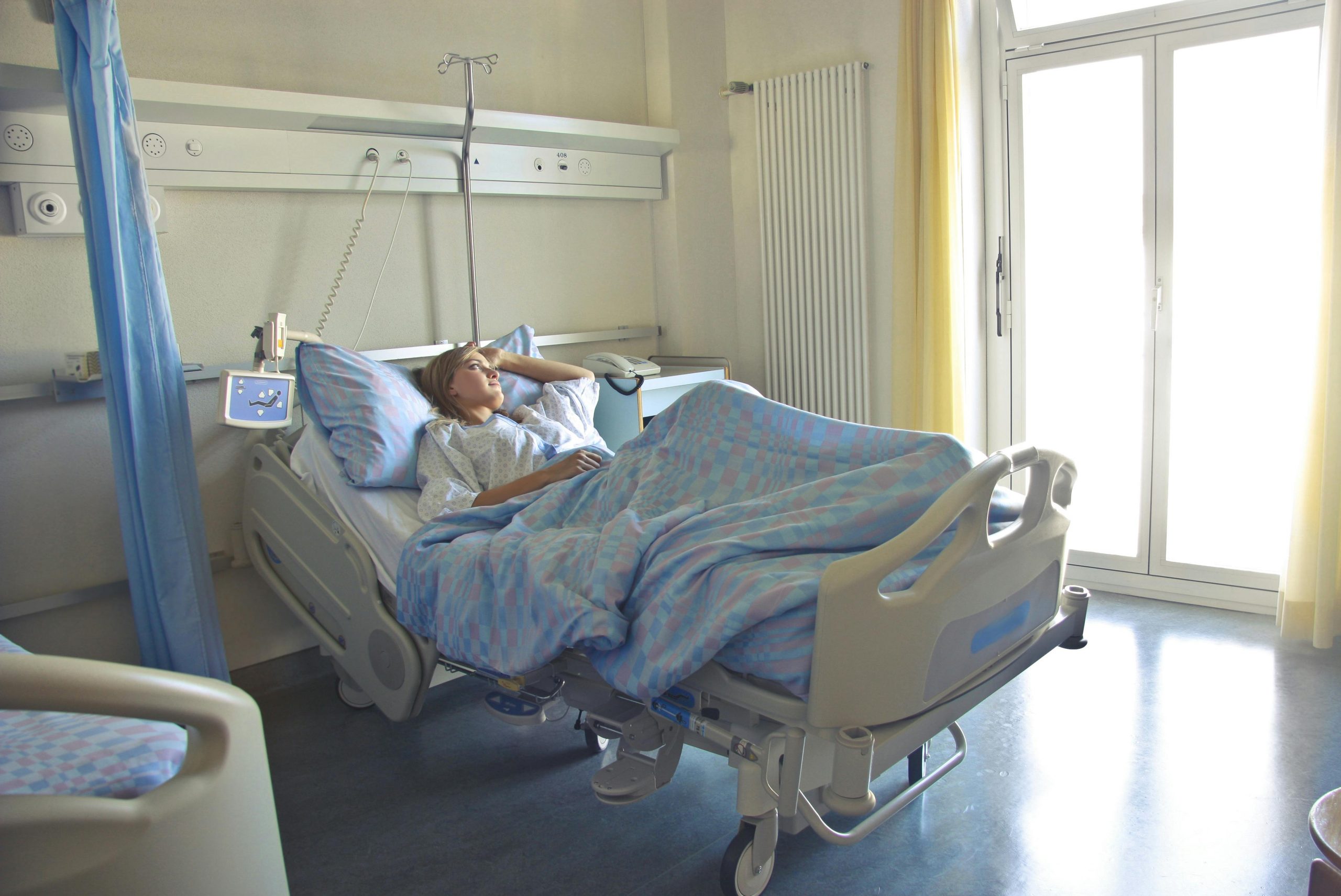For many people, the simple act of bed to chair transfer is something they rarely think about. But for individuals with limited mobility, recovering from surgery, living with a disability, or aging gracefully, this everyday activity can be one of the most important parts of their daily routine. Bed-to-chair transfer is not just about moving from one surface to another—it is about maintaining dignity, independence, safety, and quality of life.
One of the most supportive tools in this process is the dressing chair. While the name might sound ordinary, the dressing chair plays a vital role in helping people get ready for the day, manage their personal care, and transition safely between resting and active periods. In this blog, we will explore what a dressing chair is, why bed-to-chair transfers matter so much, and how these two elements come together to promote health, safety, and independence.
Why Bed-to-Chair Transfer Matters
The ability to transfer from a bed to a chair is often taken for granted. Yet for someone who struggles with mobility, this movement is a cornerstone of independence. Transfers enable a person to:
- Start their day: Getting up from bed and sitting on a chair signals the beginning of daily activities.
- Reduce health risks: Staying in bed too long increases the risk of pressure sores, muscle stiffness, and even respiratory complications.
- Maintain mobility: Regular transfers keep muscles and joints active, even if walking is limited.
- Encourage social interaction: Sitting upright in a chair makes it easier to engage with others, enjoy meals, or participate in hobbies.
- Preserve dignity: Moving out of bed allows people to get dressed properly, groom themselves, and feel more like themselves.
For caregivers, safe transfer techniques are equally important. Poor methods can result in back injuries, strain, or accidents for both the caregiver and the person being supported.
What is a Dressing Chair?
A dressing chair is not just any chair—it is a specifically designed piece of furniture that supports individuals during dressing, grooming, and transfer activities. While it may look like a simple chair at first glance, its design often includes:
- Sturdy arms for balance and support during sitting and standing.
- An appropriate seat height to make transfers easier and safer.
- A comfortable backrest for posture support.
- Non-slip feet or wheels with brakes for stability.
- Occasionally, padded surfaces for added comfort during longer use.
The dressing chair serves as a safe and practical destination for someone transferring from their bed. It acts as a stable station for dressing, resting, or preparing for the day. Unlike a regular armchair, the dressing chair is optimized for function and accessibility rather than just aesthetics.
Steps for Safe Bed-to-Chair Transfer
Whether someone is using a dressing chair or another stable seat, safe transfers follow a few essential principles. Below are the general steps caregivers and individuals can follow:
1. Preparation
- Ensure the chair is positioned close to the bed at a comfortable angle.
- If possible, place the chair on the person’s stronger side to maximize independence.
- Lock the wheels (if present) and check that the chair is stable.
- Remove any obstacles from the floor to prevent tripping.
2. Positioning on the Bed
- Assist the person to sit on the edge of the bed.
- Encourage them to sit upright and pause briefly to prevent dizziness.
- Ensure both feet are firmly on the floor.
3. The Transfer
- If the person can transfer independently: encourage them to place their hands on the bed and chair arms for support, lean forward slightly, and push up to stand before pivoting to sit.
- If assistance is needed: caregivers can use a gait belt or proper lifting techniques to provide support without straining their own backs.
- Guide the person to pivot slowly until they feel the chair behind their legs.
- Instruct them to reach back for the chair arms, bend their knees, and lower themselves gently.
4. Safety First
- Ensure the person is seated securely before letting go.
- Adjust clothing, blankets, or footrests if needed.
- Provide a cushion if the chair is firm and prolonged sitting is expected.
The Role of the Dressing Chair in Daily Routines
The dressing chair becomes more than just a transfer point. It becomes a daily hub of independence. Here are some ways it supports everyday life:
- Morning routines: Sitting in a dressing chair allows someone to change clothes with stability and dignity.
- Grooming: Activities like brushing hair, applying skincare, or shaving can be done safely while seated.
- Therapy support: The chair can be used during rehabilitation exercises prescribed by physiotherapists.
- Rest breaks: For those who can walk short distances, the dressing chair provides a safe spot to sit and regain energy.
- Mental well-being: Being upright, dressed, and ready for the day encourages a positive mindset compared to staying in bed.
Benefits for Caregivers
The dressing chair isn’t only beneficial for the person with mobility challenges—it also makes caregiving easier. Caregivers report several advantages:
- Reduced strain during transfers thanks to supportive chair design.
- More efficient morning routines since the chair facilitates dressing and grooming.
- Peace of mind knowing their loved one is secure in a stable seat.
- Better posture for themselves when assisting with personal care.
Choosing the Right Dressing Chair
Not all dressing chairs are created equal. The right choice depends on the individual’s mobility level, living environment, and personal needs. Here are some considerations:
- Height: The seat should allow feet to touch the ground while keeping knees at about a 90-degree angle.
- Armrests: Strong, padded armrests improve safety during transfers.
- Width: The chair must be wide enough for comfort but not so wide that reaching the armrests becomes difficult.
- Stability: Non-slip feet or locking wheels are essential for preventing movement.
- Cushioning: For those who sit for extended periods, a padded or pressure-relieving seat can prevent discomfort.
- Portability: Some chairs are lightweight or foldable for smaller spaces.
Training and Awareness
Even the best chair and safest technique won’t help without proper awareness. Training in transfer skills benefits both individuals and caregivers. Physiotherapists, occupational therapists, and healthcare providers often demonstrate techniques tailored to each person’s abilities.
Simple tips like encouraging the person to lean forward while standing, or positioning the chair on the stronger side, can make a huge difference in safety and confidence.
Final Thoughts
The bed-to-chair transfer is more than a physical movement—it is a bridge to independence, dignity, and quality of life. The dressing chair plays a central role in making this possible by providing a safe, supportive, and functional space for daily routines.
For individuals with limited mobility, the dressing chair isn’t just a piece of furniture; it is a symbol of self-sufficiency. For caregivers, it is a practical tool that ensures safety and reduces strain.
By investing in the right dressing chair and learning safe transfer techniques, both individuals and caregivers can transform the simple act of moving from bed to chair into an empowering, life-enhancing routine.





